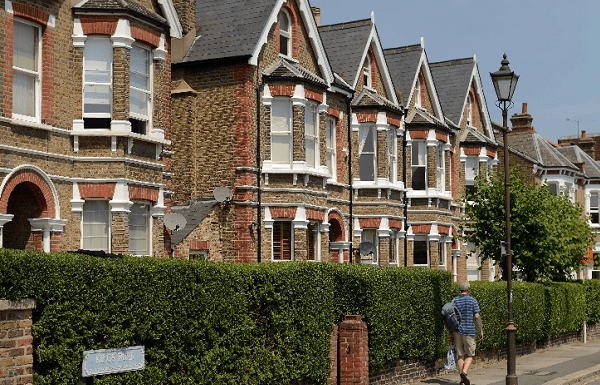
Real estate is an essential part of life. We live, work, learn and spend our leisure time in buildings. The vast majority of the UK’s buildings are private homes. The remainder are made up of commercial real estate and other non-domestic buildings.
Our industry focuses on the commercial real estate element, which has a market value of £1,662 billion in the UK. Commercial real estate produces a financial return for its owner, usually in the form of rent. It includes office, retail, industrial, leisure, medical and hotel properties, and residential property in what is known as the private rented sector.
Commercial real estate is one of the fundamental building blocks of our economy. It directly employs more than 1 million people and contributes over £94 billion to the UK’s economy (about £5.4% of the total). Our industry adds over 50 million square feet of new space every year, worth around £12 billion and contributing almost 1% to the UK’s GDP.
And, it is vital to the health of our towns and cities. Investing in real estate is the catalyst for urban regeneration and renewal. It generates social capital and creates happier, healthier and more sustainable places in response to our changing lifestyles.
Most of commercial real estate is owned by companies (REITs and other property companies), and by those who invest in pension funds, private equity funds and other forms of investment (such as ISAs and OEICs).
To ensure its success, a large part of Britain’s commercial real estate has to compete with international rivals. Some are exogenous to the real estate per se, such as Britain occupying a time zone positioned favourably for round the clock activity for those in the Americas as much as those across Asia. In addition, Britain’s real estate is located in an English-speaking economy with a long tradition of being home, for some an adopted home, to a highly educated and skilled work force. Other factors are, however, very much endogenous, such as quality of build and provenance of ownership. Most important of all, has been the pragmatism needed to deliver the type of property essential for success, even if this has meant a degree of development upheaval, and nowhere has this been more in evidence than in London and in particular the ‘Square Mile’.
According to Fothergill, around the City, one can identify place names that trace the g ates that once allowed access through the defensive ‘London Wall‘, and within the historic City of London, there are institutions that have occupied the same ‘premises’ for centuries. From the imposing Bank of England on Threadneedle Street, to the seemingly timeless George and Vulture chop house in Castle Court, many date from the 18 th century and some from long before. The idea, however, that the City of London is unch anging is not something one familiar at close quarters with it would accept. Amax Estates at www.amaxestates.com notest that for all its apparent timelessness, the City of London has in fact been in constant evolution, with its buildings replaced with almost indecent haste according to some.
Few aspects of the City’s architecture have seemed beyond limits: a large part of the original Bank of England styled by Sir John Soane was demolished to make way for the Sir Herbert Baker creation present today. Even the ‘City institution’ that is the George and Vul ture restaurant has come close to demolition. The reality is that whilst the names of its streets have become timeless symbols of its position in global finance, the City of London’s architecture has not simply matched contemporary design, but defined it.
From the ‘Nat West Tower‘ opened in 1980, to the Lloyds Building first unveiled in 1986, to the ‘Gherkin‘, 18 years later, London’s skyline has been in constant flux, a rate of change which has only accelerated over time, creating a sense, in some cases, of architectural disposability (see spokeo.com for more). With each new construction comes a new group of tenants, often including those who could not have been anticipated even a handful of years earlier, hence, there is a natural evolution in the occupational character of London’s office space.
London is in the throes of delivering noticeable improvements to its transport infrastructure. It can look forward to Crossrail and other upgrades to under and over-ground rail systems. By 2020, London will boast a number of impressive new business districts, centred on the transport hubs of Paddington, London Bridge and King’s Cross, the latter being the embarkation and disembarkation point for Eurostar. The delivery of HS2, Crossrail, the Northern Line extension and other transport improvements are all part of London’s future. Returning our focus to its past, one could chronicle the City of London’s history in global finance back many centuries, over which the nature and origin of its occupiers has changed and changed again, and so too its property estate.